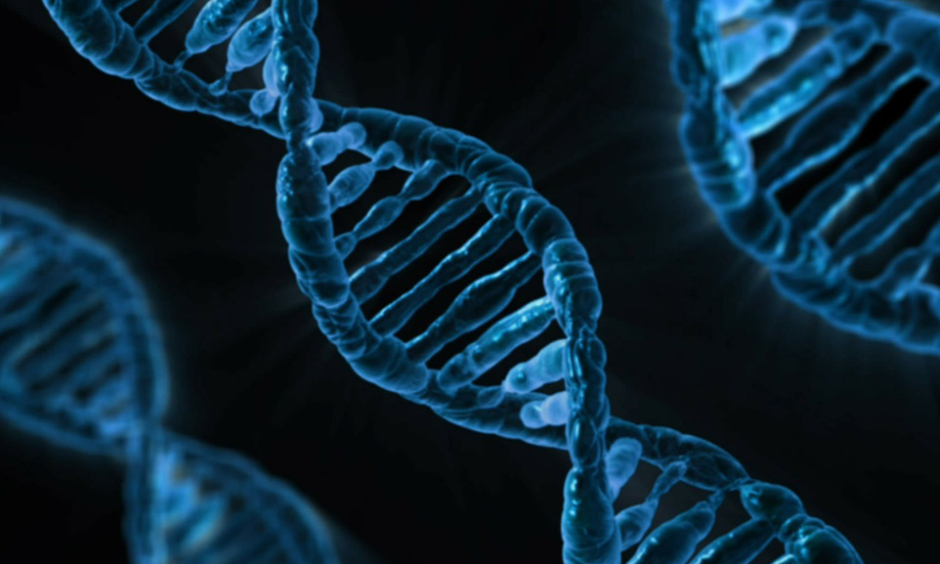PROSTATE CANCER is considered a major health concern, with >1 million new cases diagnosed every year and the disease claiming 300,000 lives each year worldwide. Research conducted at the University of Turku, Turku, Finland, has shed new light on the genetic components of the disease, which has the potential to revolutionise how the cancer is diagnosed and treated.
One of the genes in question, HOXB13, was already understood to be involved in the development of prostate cancer; however, the exact role of the gene in this mechanism was not clear. The second gene was the CIP2A oncogene, which is associated with tumour formation. The results from >7,000 prostate cancer cases and an equal number of controls showed that the two genes act synergistically and that simultaneous mutations in the genes are a predictor of aggressiveness of the cancer, high risk of disease development, and poorer survival rates.
Prof Johanna Schleutker, Institute of Biomedicine, University of Turku, explained the results: “The research shows that synergism between HOXB13 and CIP2A genes predispose men to get prostate cancer earlier in life.” She added: “The synergism is also linked to the high level of prostate specific antigen (PSA), and earlier biochemical recurrence. Further, the simultaneous expression of these two gene variants stimulates prostate cancer cell growth, migration, and, therefore, tumour formation.”
One of the crucial unmet needs in prostate cancer care is early diagnosis of high-risk patients. Genetic testing for HOXB13 and CIP2A synergistic function could prove to be a vital early warning signal, enabling the flagging of at-risk patients earlier and more accurately than ever before.
Despite the large study size, these data are limited as a result of the mainly Caucasian, northern European population enrolled in the trial. However, if the data are reproducible in more diverse populations, the use of HOXB13 and CIP2A screening could change the face of prostate cancer therapy.








